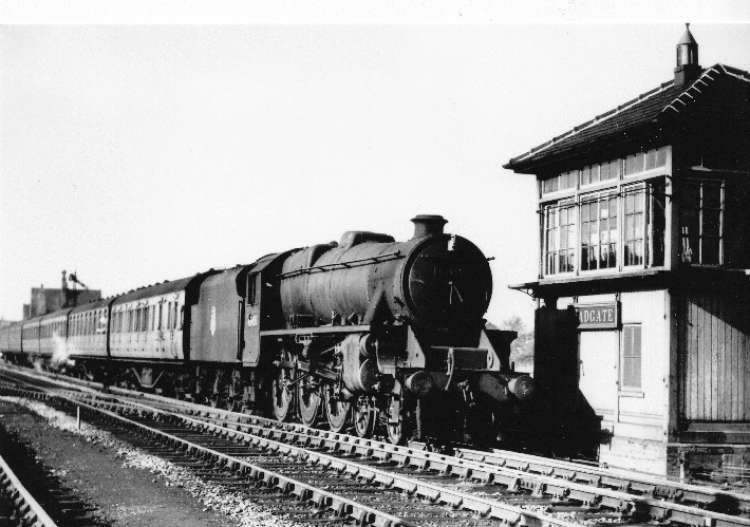
8D ASSOCIATION
The 8D Association is dedicated to promoting the history of the railways of South Lancashire, Merseyside and North Cheshire.
A study of the signal boxes along the route from Liverpool Central to Padgate.
There have been a total of 50 boxes along the route over the years ranging from the original CLC manufactured to Air Raid Precaution and BR era boxes.
Liverpool Central.
In the 98 year life of Liverpool Central High Level station there was only 2 boxes controlling movements in and out of this cramped terminal. The first box opened with the station on 25th February 1874 and would have been a CLC type box and was located by the up lines. It was equipped with a 63 lever frame but was only to be operational for 15 years when it was replaced by the CLC box seen in the picture. The new box opened on 23rd June 1889 and was equipped with an 88 lever frame and was located on the Down lines. The frame was reduced in size to 52 levers and at closure the box had only 6 working levers.

St James.
We have no picture of the box at St James if you have and would like to share it please send it to 8d.association at gmail.com. It will be shown here and fully credited.
Brunswick North.
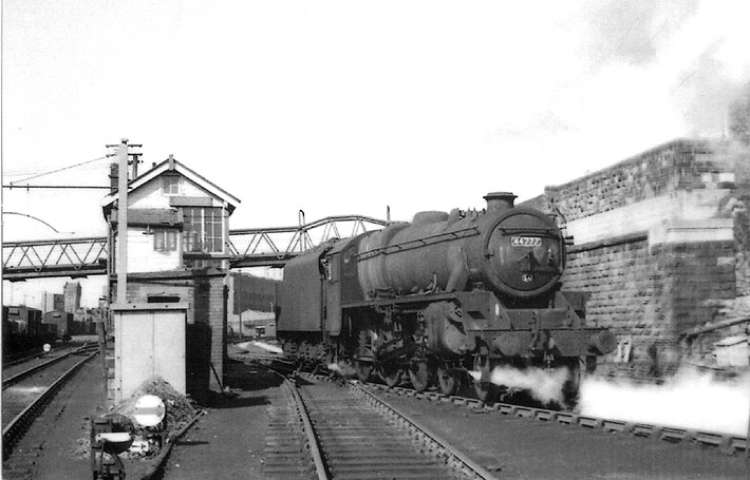
Brunswick South.
We have no picture of the box at St James if you have and would like to share it please send it to 8d.association at gmail.com. It will be shown here and fully credited.
Brunswick Junction.
This box had a very short life opening on 25th February 1874 and closing in 1878 probably with the opening of the north and south boxes at Brunswick. The box was a Saxby and Farmer type which was equipped with a 48 lever frame and was located on the Down side.
Park Street.
St Michaels.
Otterspool.
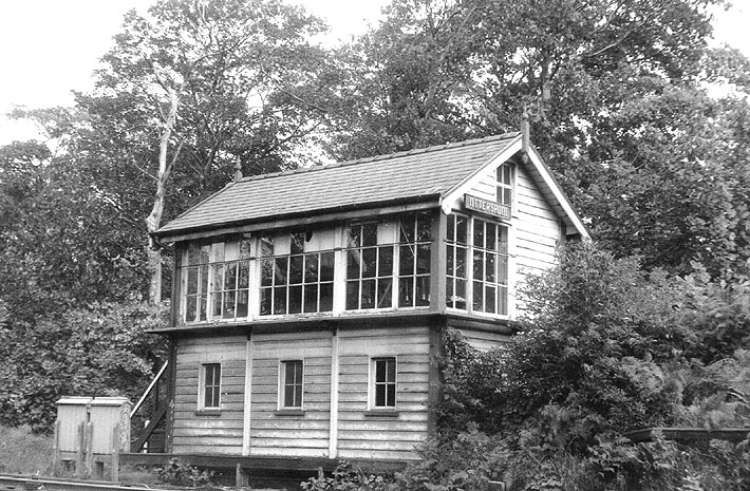
Mersey Road.
Cressington Junction.
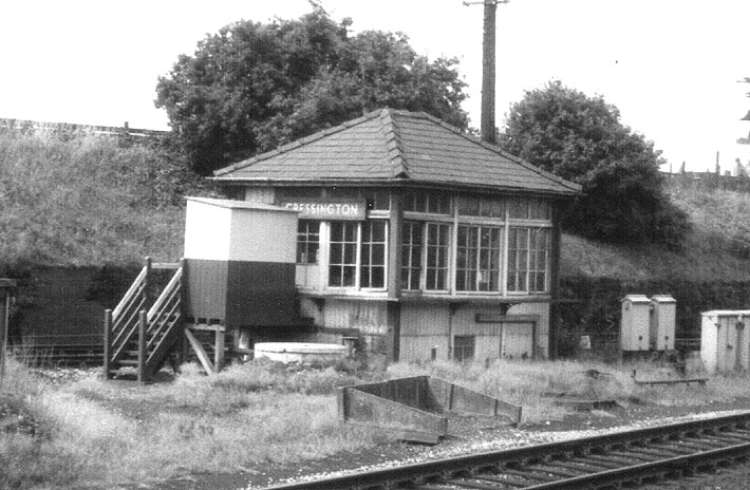
Garston Gates.
Garston Station.
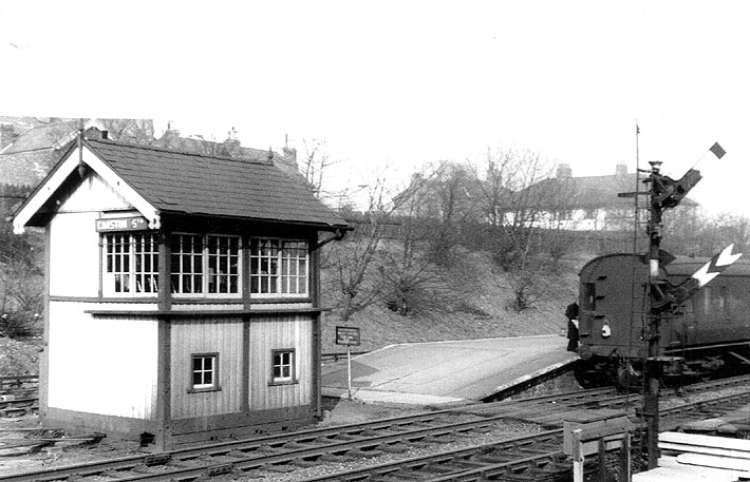
Hunts Cross West Junction.

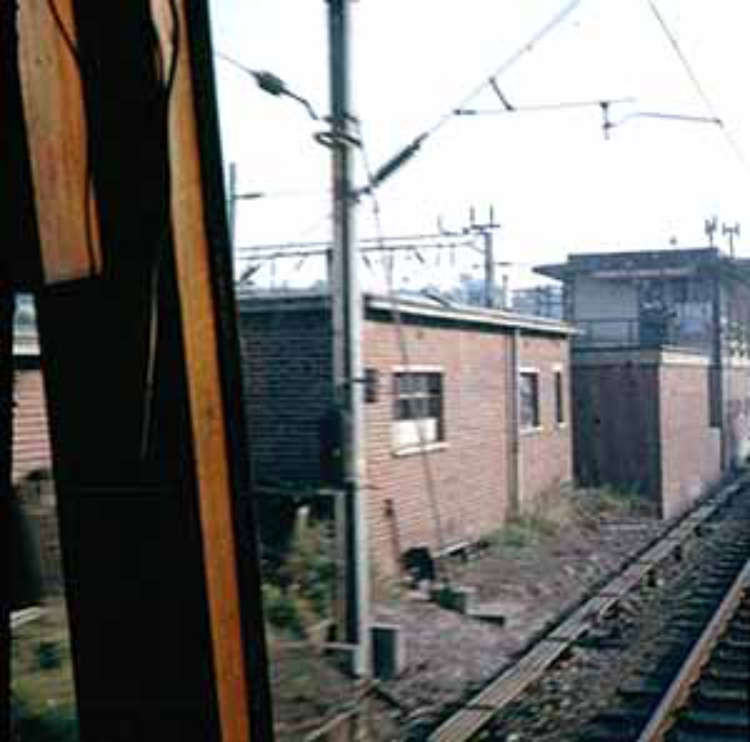
(To view more of the James Mackenzie collection click here )
Hunts Cross Junction and West.
Hunts Cross.
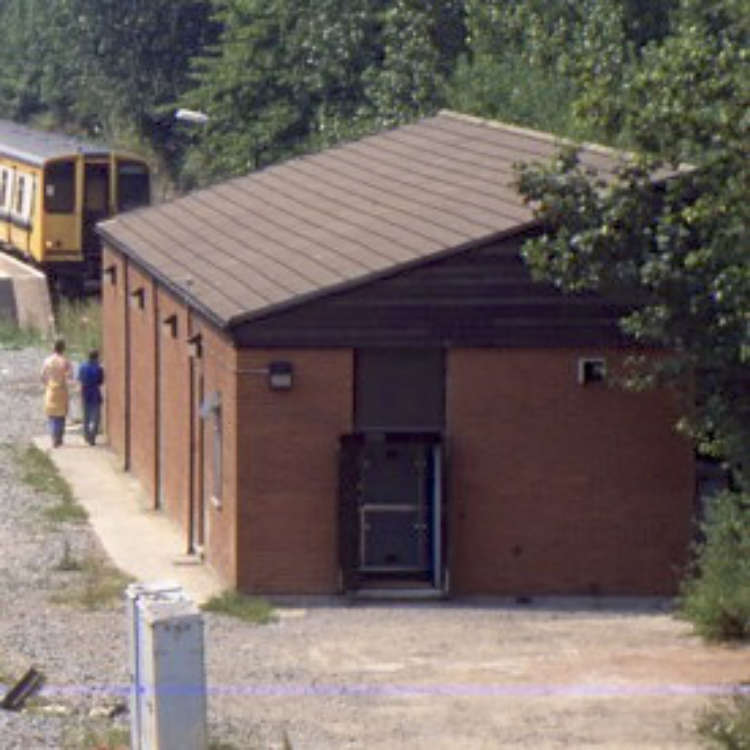

(To view more of the James Mackenzie collection click here )
Halewood West Sidings.
Halewood West Junction.
Wood Road Siding.
Halewood East Junction.
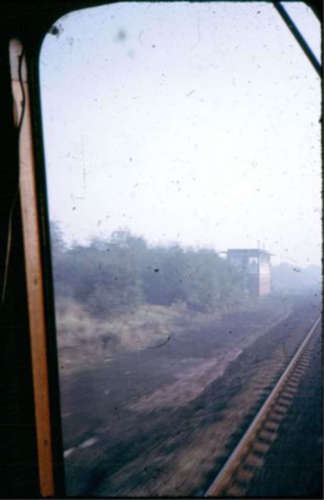
(To view more of the James Mackenzie collection click here )
Halewood Station.
Bridge 63.
Springfield.
Hough Green Junction.



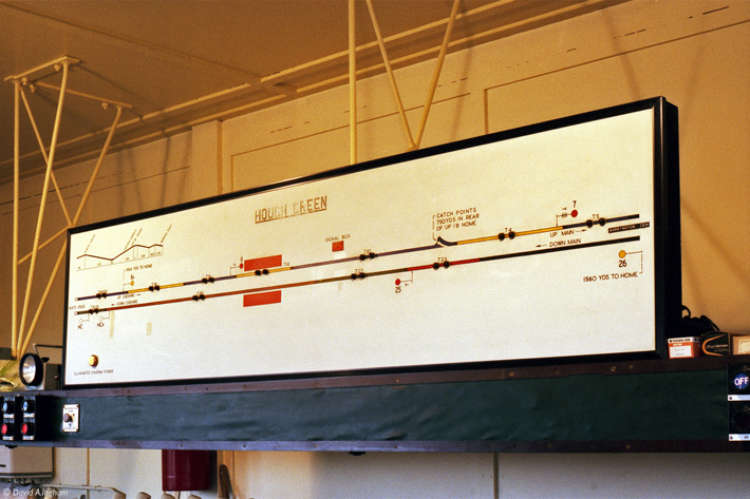
(To view more of Davids ‘s excellent images on his extensive Flickr site click here )
Hough Green Station.
Farnworth Station.

Farnworth East.
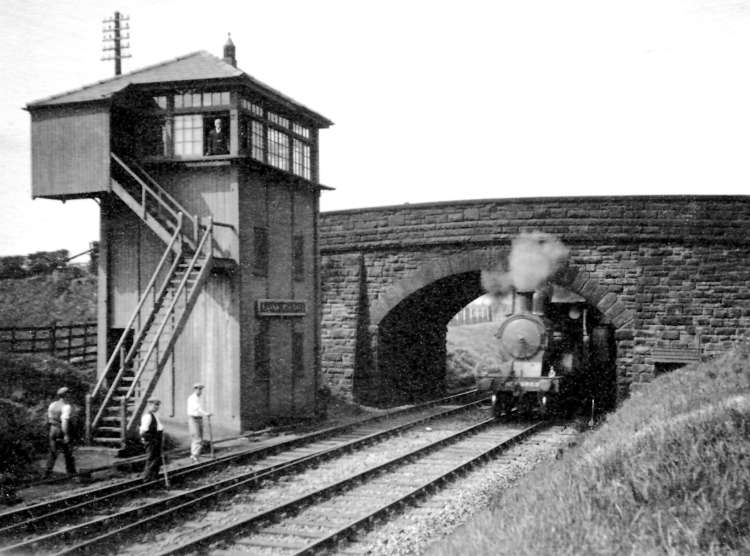
Widnes East Junction.
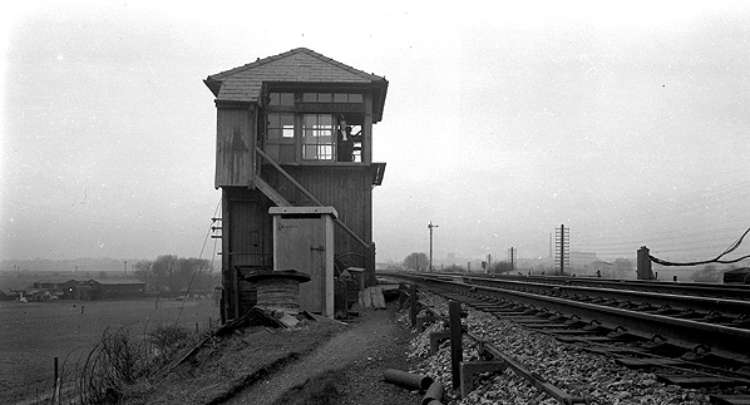

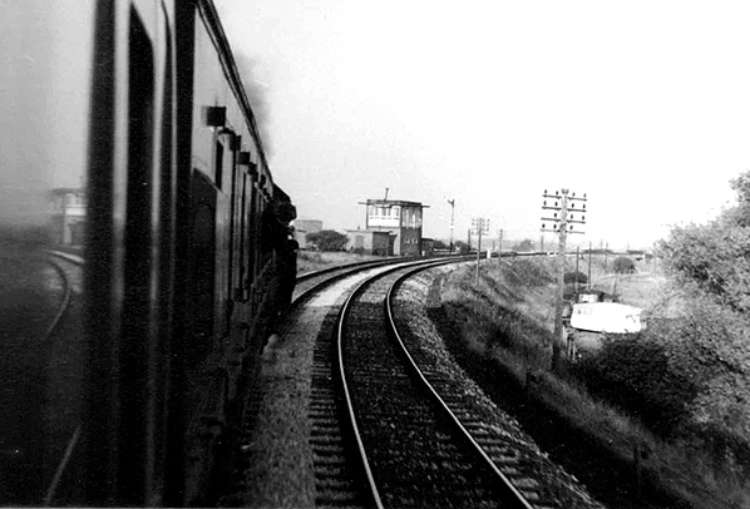
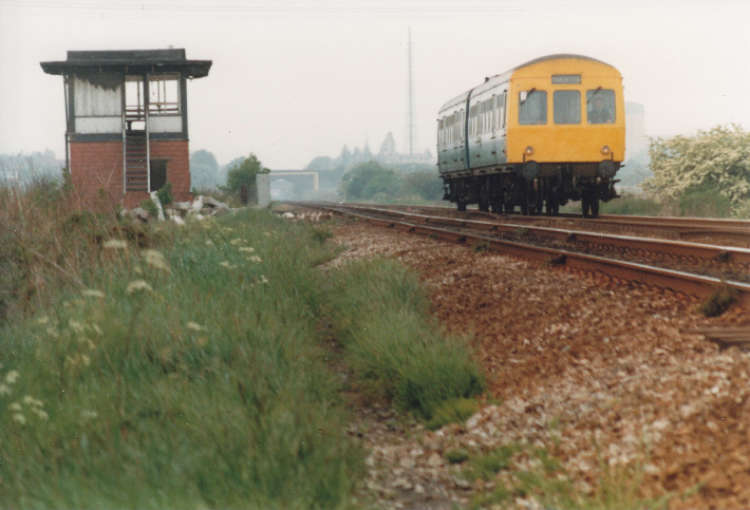
Sankey Station.
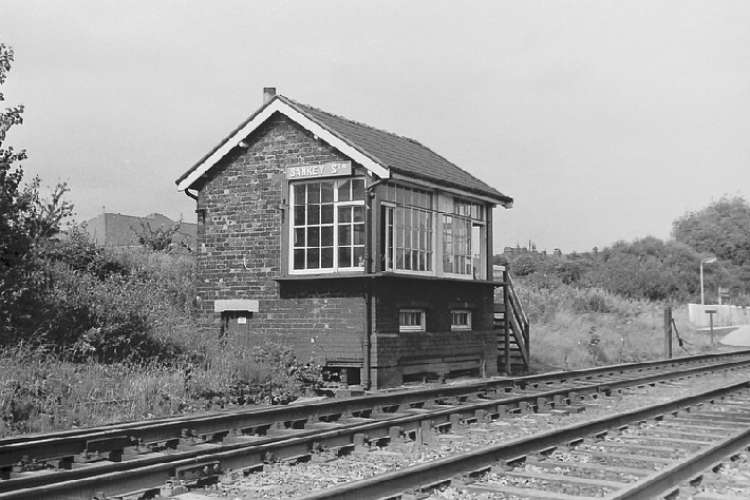
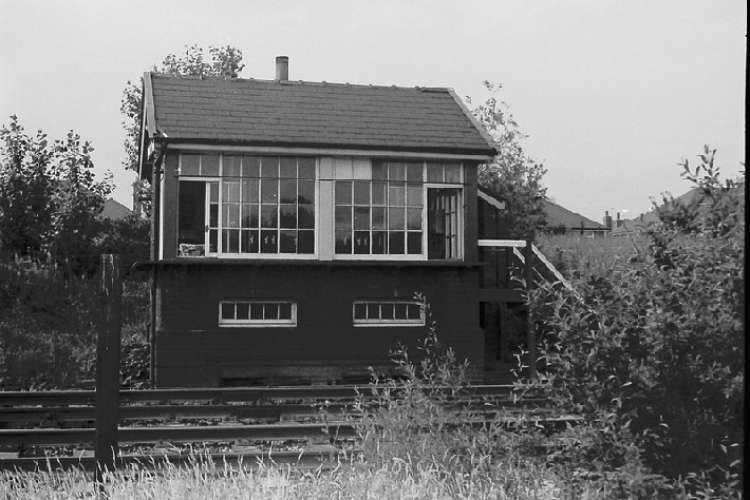

(To view more of David’s interesting and extensive Flickr Photostream click here )
Burtonwood.
Sankey Junction.
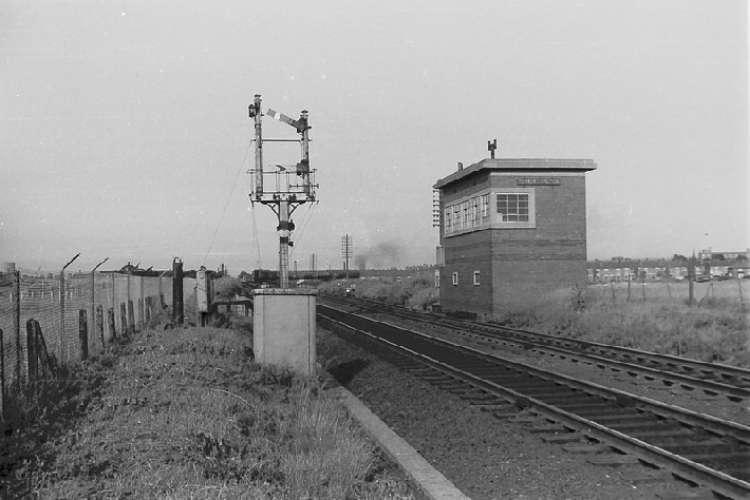
(To view more of David’s interesting and extensive Flickr Photostream click here )
Whitecross Junction.
Bewsey.

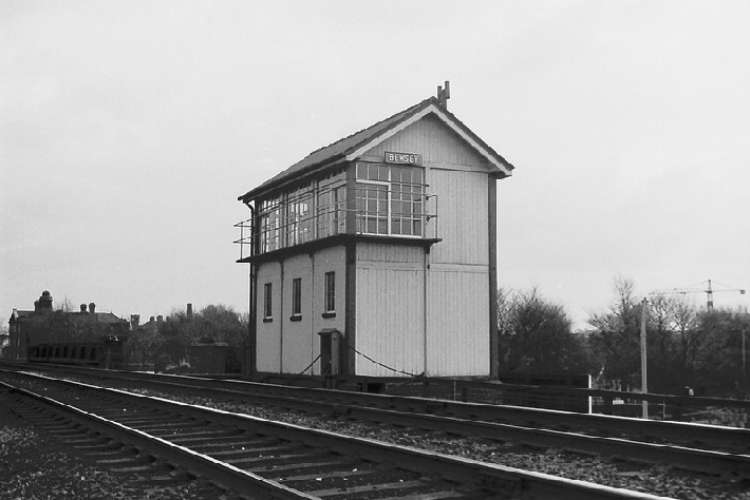
(To view more of David’s interesting and extensive Flickr Photostream click here )
Dallam Forge and Bewsey Jct.
Warrington Central.

(To view more of David’s interesting and extensive Flickr Photostream click here )
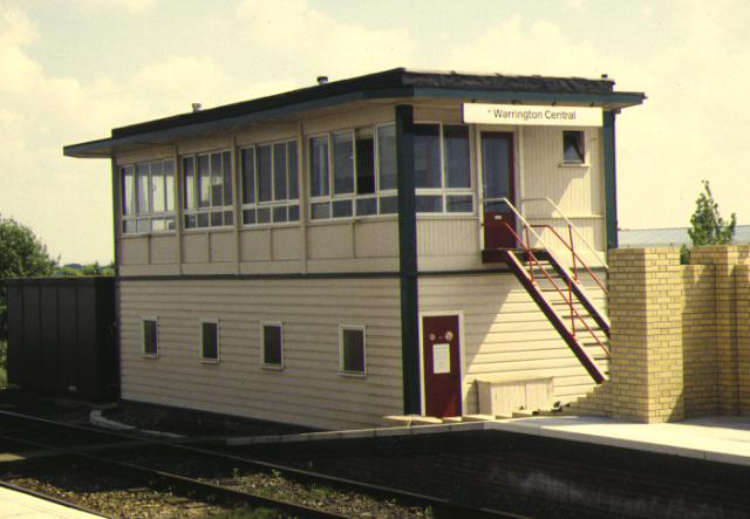
Warrington Station.
Warrington Sidings.
With the rationalisation in the area the box was abolished on 11th November 1973.
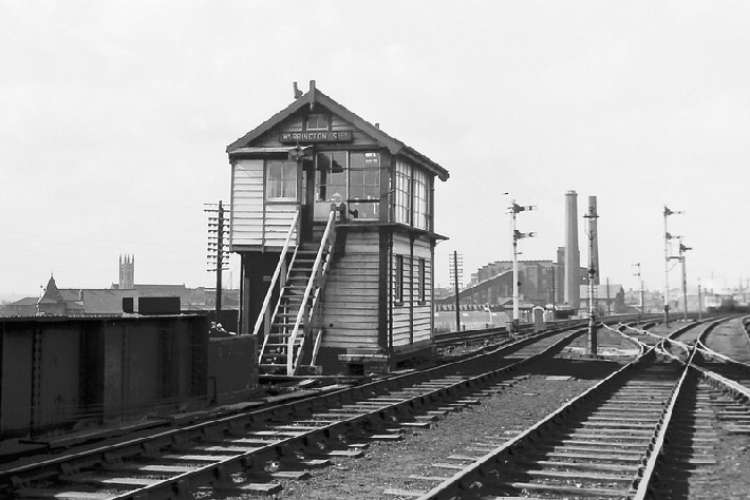
(To view more of David’s interesting and extensive Flickr Photostream click here )
Warrington Workshops.
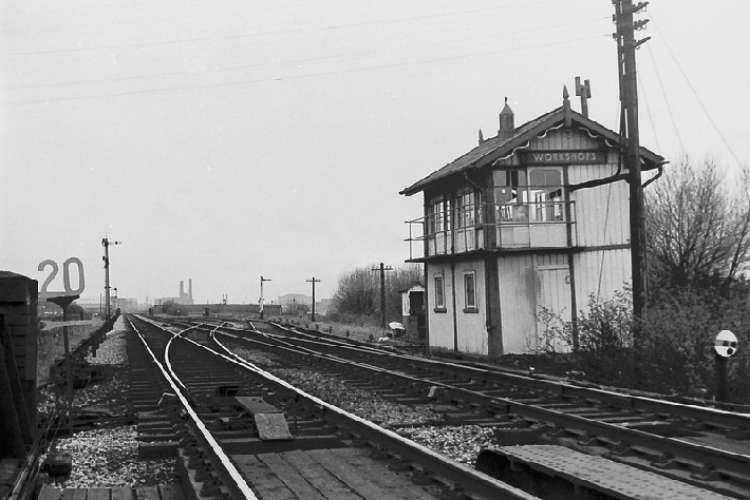
(To view more of David’s interesting and extensive Flickr Photostream click here )
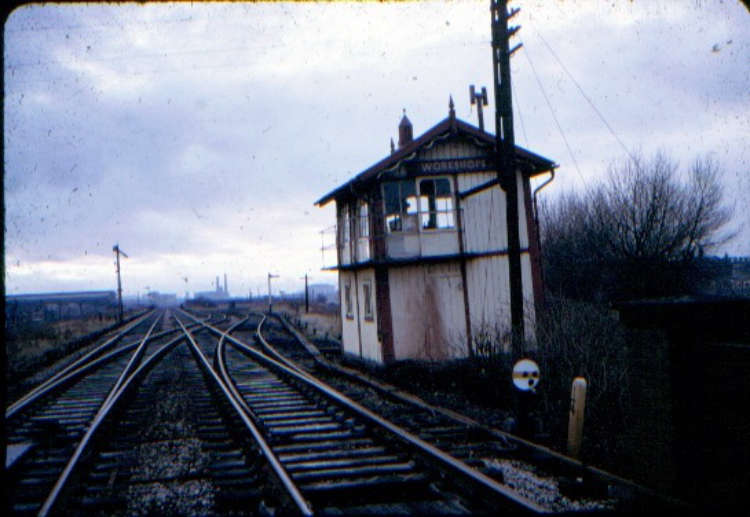
Reproduced with permission from John Tilly’s website. (To view more signal box pictures from John’s site click here )
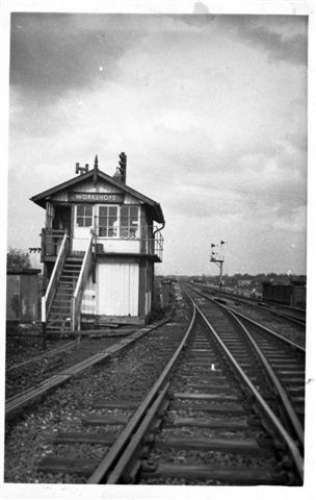
Reproduced with permission from John Tilly’s website. (To view more signal box pictures from John’s site click here )
Padgate Junction.
We do not have a picture of Padgate Junction box, if you have and would like to share it please send it to 8d.association at gmail.com. It will be shown here and fully credited.
Padgate Station.
